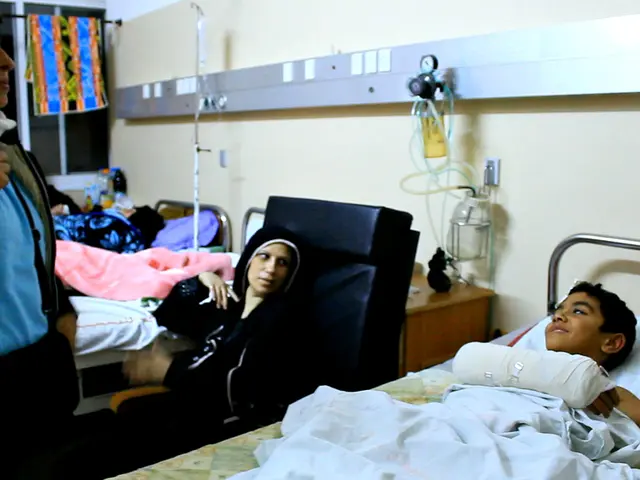How to Recognize and Ease Childhood Separation Anxiety Before It Worsens
Separation anxiety is a common phase in early childhood, typically appearing between nine and 18 months. While most children outgrow it, some experience persistent distress that may develop into separation anxiety disorder. This condition affects around 1% to 4% of children and can disrupt daily life if left untreated.
The disorder often stems from a mix of factors, including developmental stages, general anxiety, or childhood trauma. Changes in environment, family relationships, or recent moves can also trigger symptoms. These may include excessive worry about being apart from loved ones, fear of abandonment, refusal to attend school, and physical complaints like headaches or nausea.
For children showing signs for over four weeks, professional help is recommended. Treatment options range from cognitive behavioural therapy and family therapy to medication in severe cases. Early intervention, ideally before age eight to ten, improves outcomes significantly.
Parents can support their child by practising short separations, building familiarity with new settings, and keeping goodbyes brief. Clear communication and positive reinforcement also help ease anxiety. Therapists may work on correcting emotional experiences, strengthening family bonds, and gradually introducing the child to more independent situations.
Recognising the difference between normal separation anxiety and the disorder is key. Persistent symptoms that interfere with daily routines should prompt a visit to a doctor. With the right support, children can learn to manage their fears and build confidence in new environments.








